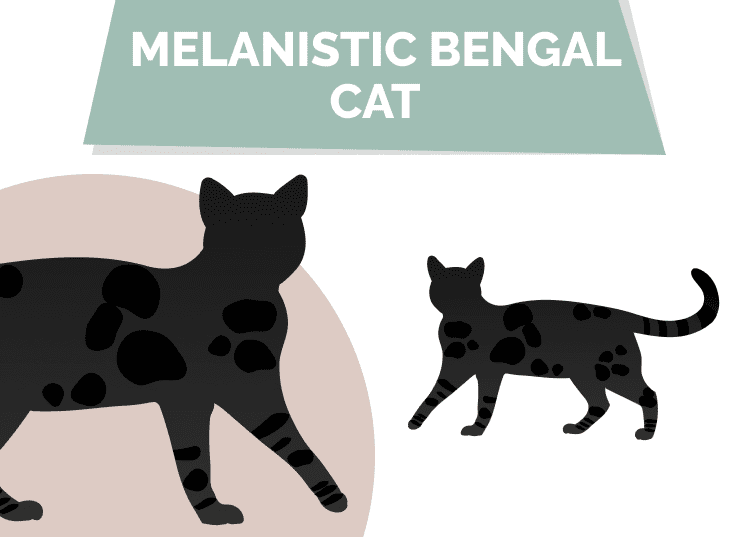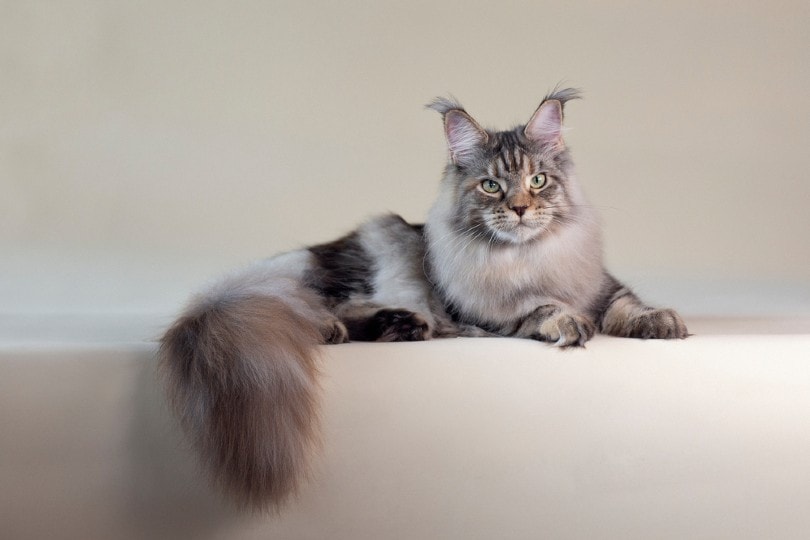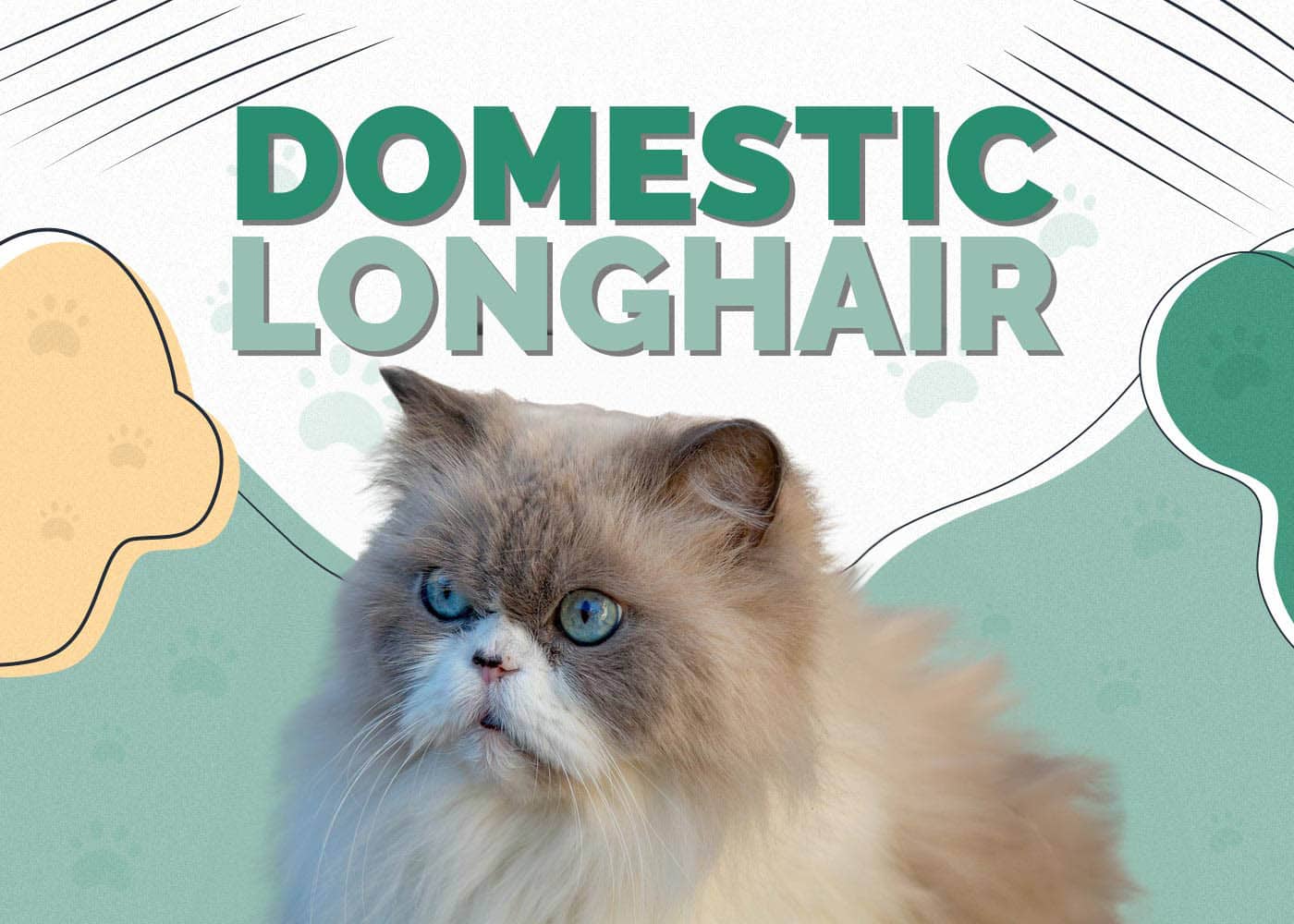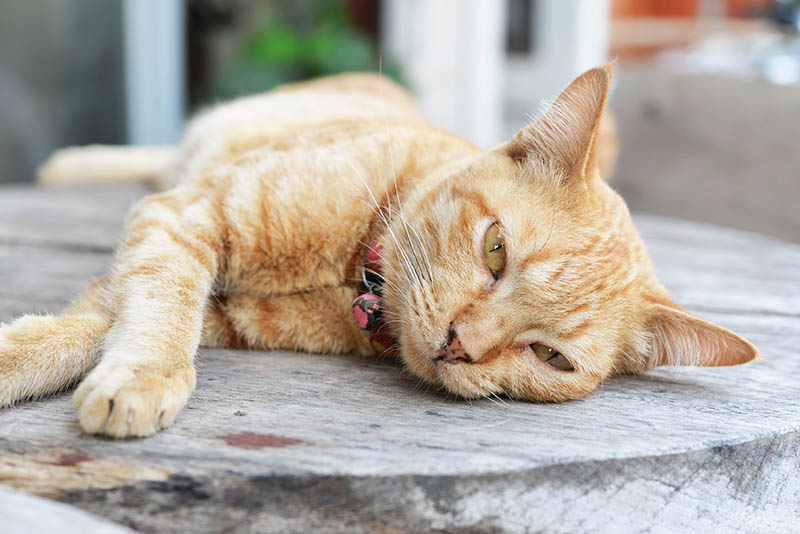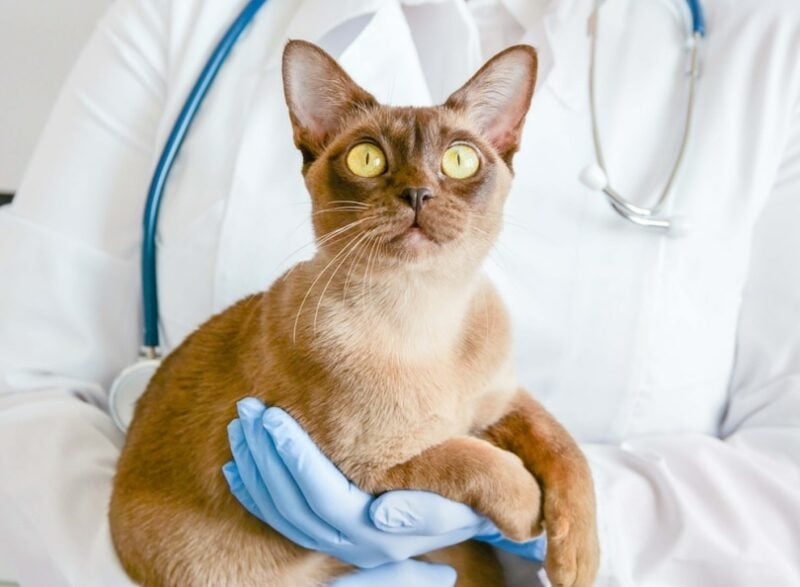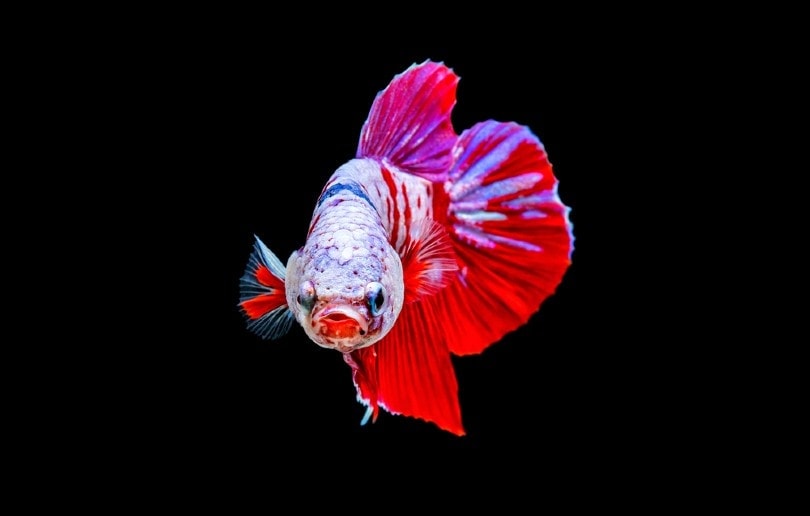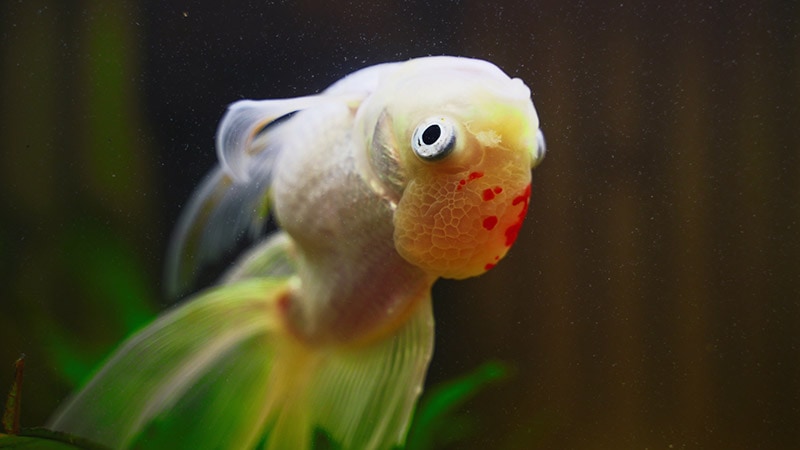Raas Cat: Info, Pictures, Temperament & Traits

Updated on
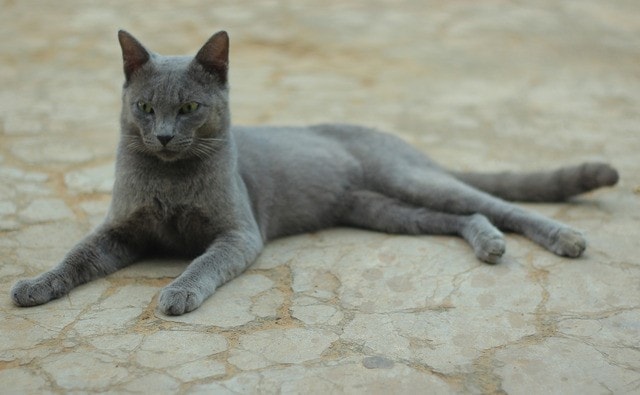
Click to Skip Ahead
| Height: | 11–15 inches |
| Weight: | 13–17 pounds |
| Lifespan: | 12–15 years |
| Colors: | Blue-gray, chocolate, brown |
| Suitable for: | Experienced cat owners, single owners |
| Temperament: | Energetic, playful, suspicious of new people and animals |
The Raas cat is a breed of domestic cat originating from Raas Island in Indonesia. A somewhat rare breed, the Raas cat is prized for its long body, short legs, and round head, much like other Asian cat breeds. The cat also has striking green eyes that contrast with its dark coloration.
Originally bred as a hunting cat, the Raas cat can make a wonderful domestic pet for the right owner. These cats can be energetic and difficult, bordering on aggressive, without strong discipline and a patient and consistent owner. They’re also moody and require a lot of behavioral modification. However, once adjusted Raas cats can be loyal, lovable, and entertaining cats.
Raas Kittens
Raas cats are somewhat rare in the West, so kittens can command high prices. Rescuing a Raas cat is an option, but you may not come across many of these purebred cats in shelters.
Be wary of breeders selling Raas cats for suspiciously low prices. These cats aren’t easy to find, so you may be dealing with a breeder selling mixes or falsely advertising another breed as a Raas cat. It’s vital to do your research when searching for a breeder and ensure you’re getting healthy kittens from ethical sources.
3 Little-Known Facts About the Raas Cat
1. They Have a Sixth Sense
According to local myth, Raas cats have a sixth sense and can only be maintained by specific people, including public officials and community leaders.
2. Their Origin is Unknown
The origin of the Raas cat is unknown. They’re primitive, have high genetic variation, and may have originated from the Korat breed.
3. They Have a Bent Tail Tip
Raas cats are believed to be Asian in ancestry due to the distinctive bent tail tip that’s common to Asian breeds.
Temperament & Intelligence of the Raas Cat
Raas cats are primitive and may be difficult to tame and adapt to domestic life. It’s important to understand the needs of these cats before bringing one home since they are only suitable for experienced cat owners.
Are These Cats Good for Families? 👪
Raas cats are energetic, but they’re not a good choice for families with children. These cats tend to be suspicious or even fearful of humans, so children may be too much for them. Families with older children and appropriate boundaries may be successful. Parents of young children should seek out more sociable and tolerant cat breeds. Young children are often too rough on cats, which can scare a Raas cat.
Does This Breed Get Along with Other Pets?
With proper socialization, the Raas cat can get along with other pets. It may find dogs or other cats intimidating at first, however, and should be introduced slowly. It’s vital that the Raas cat is kept with easygoing animals that will respect its space and avoid frightening behaviors like roughhousing or chasing, which can stress out an already skittish cat. This breed may benefit from households with older dogs or cats with an established routine and lower energy levels.
Remember that the Raas cat was bred for hunting, so it may not be a good choice for a home with small animals like hamsters, guinea pigs, or birds.
Things to Know When Owning a Raas Cat:
Raas cats are primitive, high-energy, and unique. Learn more about the requirements for this cat before bringing one home and decide if it’s the right choice for your needs and lifestyle.
Food & Diet Requirements 🐡
Raas cats are large cats with a lot of energy, so they need high-quality, nutrient-dense foods with a lot of protein to meet their energy requirements. This is especially true of kittens, which need high amounts of food to fuel their growth and development. The ideal diet is quality commercial cat food for large breed cats or high-energy cats that meets AAFCO standards.
If possible, choose a food with real animal protein as the first ingredient and some complex carbohydrates to meet energy demands.
Exercise 🐈
Raas cats require a lot of exercise, but unlike dogs, they will get a lot on their own. These cats should have a lot of environmental enrichment, including plenty of toys, cat trees, jungle gyms, and scratching posts. Automated cat toys are a great choice to keep this cat entertained while you’re at work or busy with household chores. If these cats get bored, they can become destructive.
If possible, you may wish to designate a room for your cat that’s filled with various toys, trees, hammocks, wall jungle gyms, and other toys.
Training 🧶
Raas cats can be trained, but they require strict, patient owners who understand their needs. These cats need to be socialized and trained correctly to reduce behavioral issues, such as destructive behaviors or anxiety. Litter box training can be challenging since this primitive breed is relatively new to domesticated and won’t seek the litterbox as naturally as other breeds.
They are smart cats, but that can make them stubborn and lead them to push boundaries. Because of this, owners need to be consistent and establish themselves as the “boss.”
Grooming ✂️
Unlike other exotic breeds, Raas cats don’t have long coats and are low-maintenance as far as grooming. They’ll take on a lot of grooming themselves, but they benefit from regular brushing and nail trimming. It’s best to train them to sit quietly for grooming early on to establish good habits. Like other aspects of training, consistency and patience go a long way with this breed.
Health and Conditions 🏥
Unfortunately, not as much is known about the inherent health conditions of the Raas cat since they are a newer domestic breed. It’s reasonable to assume that Raas cats may be prone to other conditions that affect most cat breeds, such as urinary tract infections and respiratory infections.
Raas cats should always be treated for fleas, ticks, and heartworm to prevent illness, especially if an indoor/outdoor cat. It’s recommended to take your cat to the vet at least twice a year for an exam and vaccinations. Regular vet exams can help you identify budding problems before they become serious and ensure your cat is in optimal health.
Male vs Female
There are a few considerable differences between male and female Raas cats. These cats are individuals, and their personality traits can vary, even within sexes. The males are slightly larger, which may impact food intake and the costs of food and weight-based medications, but not by much.
Many sex-related behavioral issues, such as territoriality, aggression, spraying (males), and vocalization (females in heat), can be corrected with spaying or neutering at an appropriate age. Spaying and neutering may also prevent health conditions like reproductive cancers and infections. If you’re bringing a Raas cat into a household with other cats, it’s important to spay or neuter to reduce sex-related aggression and conflict or unwanted litters.
Final Thoughts
Raas cats are stunning cats that are prized for their striking green eyes and dark colors, but they’re not suitable for every owner. These cats are primitive, highly intelligent, stubborn, and high-energy, so they’re best suited for experienced cat owners who have the discipline and patience to train them appropriately.
If you’re interested in a Raas cat, you may have to search to find a kitten or rescue adult, but it will be well worth the effort to acquire such a unique breed. In time, Raas cats may become more available as their popularity grows in the Western pet market.
Featured Image Credit: Kucing Busok Jantan, Wikimedia Commons CCO 1.0 Universal


